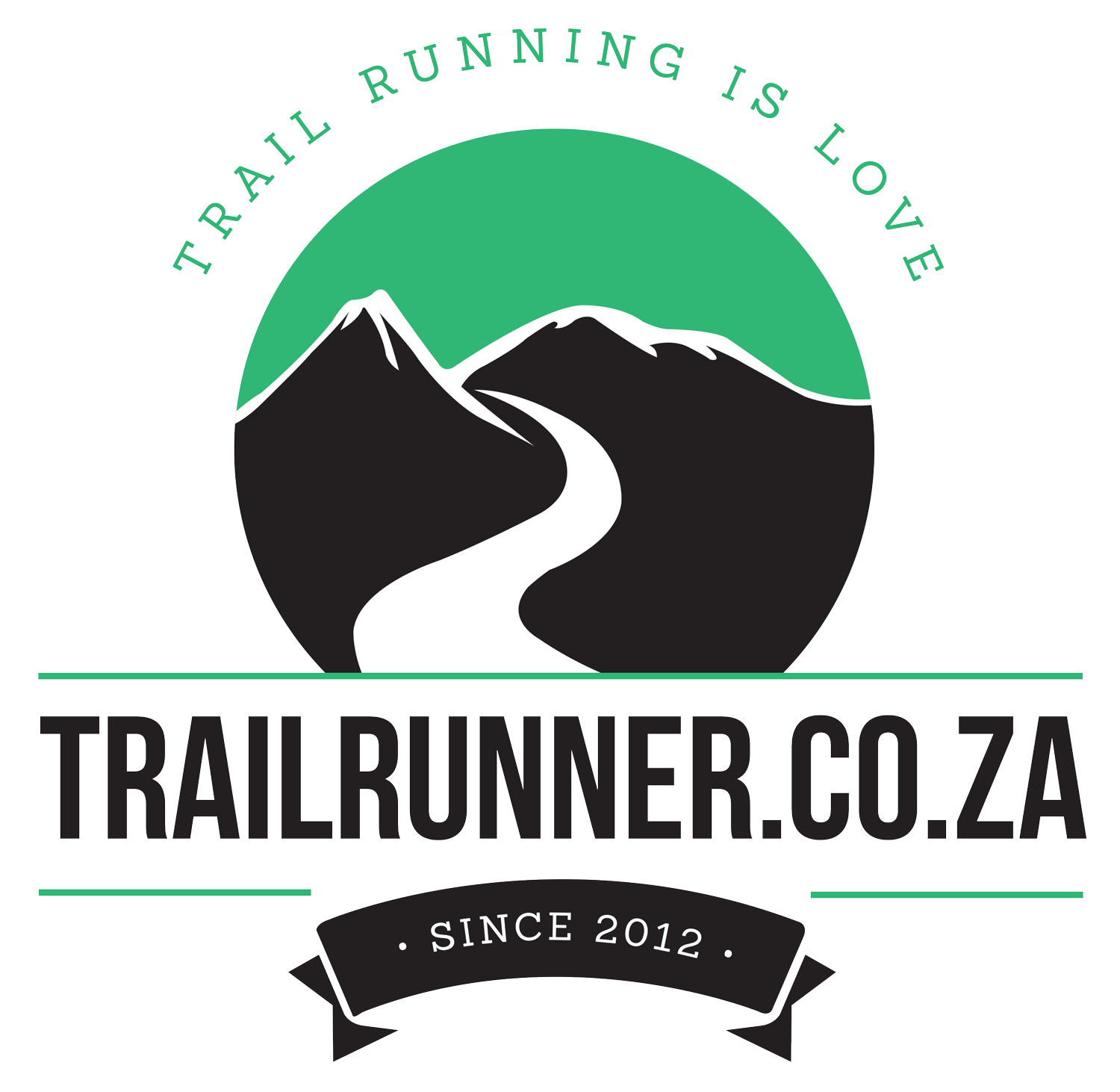I’m a 39-year-old dad in London, and I’ve got my sights set on the Ultra-Trail du Mont-Blanc (UTMB) in 2030 - 170km through the Alps, 10,000m of climbing, aiming for a respectable finish. It’s a mad goal for a guy whose running shoes were pretty much collecting dust until April 2025, but the trails are calling. Problem is, I don’t have time for a coach or endless research. That’s where Grok comes in. It’s like having a running nerd on speed dial, turning my data into a plan to get me from creaky knees to Chamonix. Here’s how I’m using it, inspired by the likes of Training for the Uphill Athlete and Hal Koerner’s Field Guide to Ultrarunning.
Laying Out the Dream
Very recently, I was huffing through an 8km run, feeling every bit of my decade-long break from trails. I told Grok the initial lay of the land: 65km/week, 7:20 min/km at 130 bpm, VO2 Max 42.3 mL/kg/min, and a life packed with kids and work. My goal? UTMB. It didn’t laugh - it built a plan:
- 2025: Get to 80-90km/week, run a trail half-marathon (~1:45).
- 2026: Tackle a 50km ultra, start climbing.
- 2027: Grind out 100km races for UTMB points.
- 2028-29: Live for weekend mountain trips.
- 2030: UTMB.
Grok tailored it to my reality - 5 a.m. runs, flat London, no Alps in sight. It’s all Zone 2 (115-134 bpm) and long runs, with a nod to Koerner’s “time on feet” mantra. It caps mileage increases at 15% to keep me injury-free. It’s not glamorous, but it’s doable, and that’s what I need.
Geeky Run Breakdowns
I’m that guy who loves a good spreadsheet. After every run, I log: date, workout type, target/actual distance, elevation, pace, heart rate, duration, RPE (1-10), hydration, nutrition, sleep, HRV, and notes. I throw in Strava split screenshots for the full picture. Grok takes it in and gives detailed feedback like a coach with a PhD. Take my 20km run in Dubai, April 18, 2025, when the heat was trying to kill me:
- Pace (7:28 min/km, target 7:20): I faded late. Grok said drink 20 oz/hr and run after sunset or earlier in the morning, citing some heat study (Journal of Applied Physiology, 2024).
- Heart Rate (132 bpm avg): 85% in Zone 2 - building that aerobic base. Grok: “Keep it up.”
- Recovery (HRV 56 ms, 8 hrs sleep): HRV’s slightly low. Grok warned me to back off if it’s under 60 ms for three days, per Frontiers in Physiology (2023).
- Splits: Km 17 was a sluggish 7:50 min/km. Grok suggested cadence drills (180 spm) to stay sharp.
It’s like having a coach who sees every stumble and knows exactly why. My legs are sore, but I’m hooked on the progress.
Asking the Big Stuff
I’m not just logging runs - I’m planning a five-year journey. So I ask Grok the real questions:
- “How fast in a year?” It predicts 6:50 min/km at 130 bpm by April 2026, based on my VO2 Max jumping 4.7% in two weeks.
- “When do I hit 100km/week?” Mid-2026, after 80-90km by December 2025.
- “When do mountains kick in?” 2027, with monthly trips to the Lake District or Alps for 2000m+ elevation.
Grok doesn’t just guess - it crunches my stats and pulls from elite training, like Kilian Jornet’s low-heart-rate obsession. It’s the kind of clarity I’d spend hours digging for otherwise. We'll see how accurate this actually turns out to be, but the more data I have for it the more accurate it will get (and AI models themselves are improving rapidly).
Why Grok’s a Game-Changer
Grok gets my life - early mornings, kid chaos, and a dream that feels huge. It’s there when I’m slogging through Dubai heat or dodging London rain, turning my numbers into a path to UTMB. It’s helped me hit 65km/week, tweak my hydration, and catch low HRV before I burn out. It’s not some app spitting generic tips - it’s personal, built on science, and always ready.
I’m sharing the whole journey - sweaty wins, ugly runs, and all - on Strava and Instagram (@trailrunnerZA). Got a running goal or a tip? Let me know!
To the trails,
Kyle

